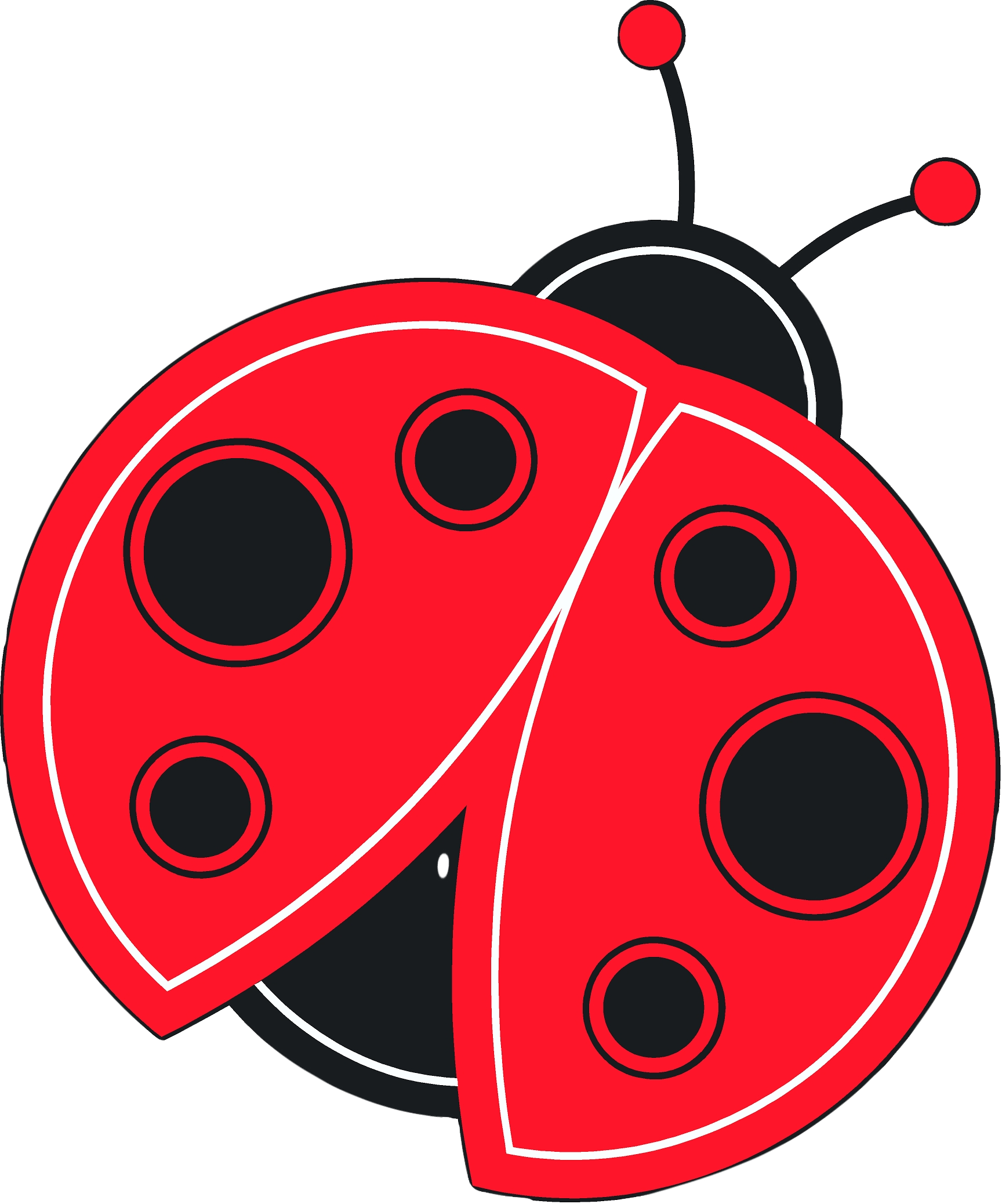IS THAT A PROHIBITED PLANT?
- ladybugarborists
- Mar 18, 2013
- 2 min read
Maureen Sexsmith-Wests ISA Certified Arborist, PR4600A
When we purchased a home a few years back, the yard had been neglected. It was late spring. I was curious about what the wilted leaves would reveal. As the days of summer unfolded, I was disappointed to find among some of the beautiful lilies, plants listed under the provincial prohibited and noxious weed list. In Alberta, the list includes grasses, flowers, aquatic plants and some woody plants (yes some trees/shrubs were included on their list). It has been a long term project hand digging and hoeing. In some instances, herbicides were needed to gain control. Since seeds can remain dormant for many years, every time the soil is disturbed, there are a few new ones to contend with but it is becoming less each year. Recognizing the plant is half the battle. The Invasive Plants Council of Alberta has complete list and fact sheets on each one to help with identification and control methods.
“Why are invasive plants a threat?
The World Conservation Union has identified invasive alien species as the second most significant threat to biodiversity, after habitat loss. More than simply “plants out of place” as many weeds are referred to, these invaders are much more far-reaching in their impacts. Invasive alien plants are species introduced deliberately or unintentionally outside of their natural habitats. In a new environment, free from their natural ’enemies’, some non-native plants have advantages that allow them to out-compete native plants and agricultural crops for space, moisture and nutrients.” (Source: Alberta Invasive Plants Council website). I have added a link under the Recommended Websites in the right hand column. They only recently launched their updated website this month and it is full of excellent information.
Here is a short list that are included. Be sure to check local weed by-laws for lists of additional plants that may be prohibited in your community. Baby’s Breath (Gypsophila paniculata) Creeping Bellflower (Campanula rapunculoides) Dames’ Rocket (Hesperis matronalis) Field Bindweed (Convolvulus arvensis) aka Wild/Perennial Morning Glory Oxeye Daisy (Chrysanthemum leucanthemum syn. Leucanthemum vulgare) Scentless Chamomile (Tripleurospermum perforatum syn. T. inodorum) Yellow Clematis They also have a brochure that highlights an invasive and gives examples of safe alternatives which is available on line or in print. Great Alternatives




